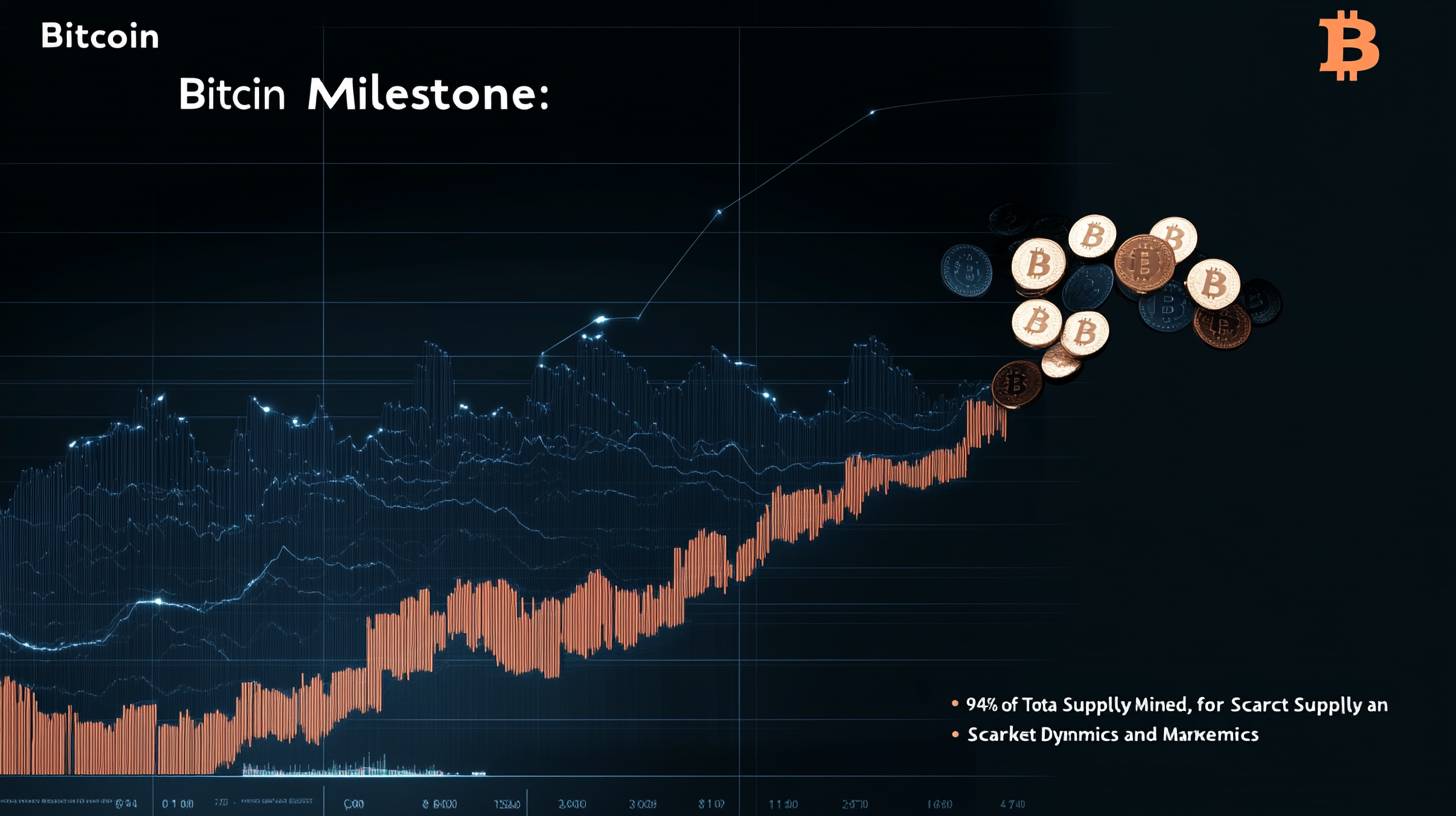
Bitcoin’s dwindling supply and halving events
Furthermore, as the influx of new bitcoins diminishes, competition among miners escalates. This heightened competition, along with the increasing challenges of mining, suggests that the cost of generating each new bitcoin is likely to ascend over time. For miners, this may result in a transition in revenue structures, with transaction fees becoming a more prominent source of income as block rewards taper off. For investors, the rising production costs could further enhance Bitcoin’s worth as the market adapts to the tightened supply.
Halving events play a vital role in the supply dynamics of Bitcoin. Each halving event diminishes the block reward by half, thereby limiting the number of new bitcoins that enter circulation. The inaugural halving in 2012 reduced the reward from 50 BTC to 25 BTC. The subsequent halving in 2016 brought it down to 12.5 BTC, and the latest halving in 2020 decreased the reward to 6.25 BTC per block.
As Bitcoin’s supply keeps declining, the consequences for its scarcity and worth grow increasingly notable. The consistent decrease in the new supply, prompted by the halving events, is a crucial feature of Bitcoin’s economic framework. With each halving, the entry of new bitcoins slows down, inducing a deflationary impact that sharply contrasts with the inflationary characteristics of conventional fiat currencies.
The long-lasting effects on Bitcoin’s scarcity and worth
Nevertheless, it is crucial to acknowledge that Bitcoin’s value is not solely influenced by its scarcity. Market perceptions, regulatory changes, and technological progress all contribute to its price fluctuations. For Australian investors, remaining aware of these elements is essential for making well-informed choices in the ever-changing realm of cryptocurrency.
The supply of Bitcoin is carefully regulated via a mechanism known as mining, where powerful computers tackle intricate mathematical calculations to authenticate transactions and earn Bitcoin as compensation. Upon its inception in 2009, the mining reward was established at 50 BTC for each block. Nonetheless, this reward is not fixed – it experiences a phenomenon called “halving” every 210,000 blocks, which roughly occurs every four years.
For investors in Australia, this scarcity is especially enticing. In a landscape where central banks, including the Reserve Bank of Australia, can generate money at their discretion, Bitcoin presents a compelling alternative – a digital asset with a predetermined supply that cannot be altered. This regulated issuance timeline is intended to safeguard against the devaluation that can accompany fiat currencies, positioning Bitcoin as an appealing safeguard against inflation.
Ultimately, Bitcoin’s scarcity is projected to propel its value upward, especially as demand continues to surge. As more Australians and global investors aim to diversify their portfolios and safeguard their wealth, Bitcoin’s fixed supply and deflationary qualities may render it an increasingly appealing store of value. This is particularly pertinent in light of ongoing economic volatility and the potential for additional currency devaluation.
Source: bitcoinmagazine.com
This methodical reduction in the growth of the supply is an integral aspect of Bitcoin’s architecture. As the block reward decreases, the rate of new bitcoin creation decelerates, resulting in an increasing scarcity over time. With over 94% of the maximum 21 million BTC already extracted, the leftover supply is becoming increasingly constrained. This scarcity is anticipated to significantly influence Bitcoin’s worth, particularly as demand keeps rising.

